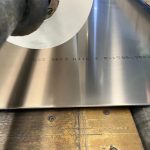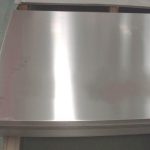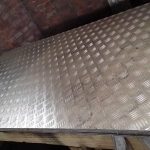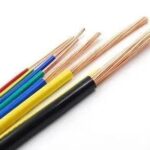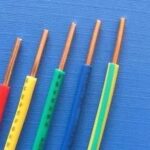WAA is the Best Aluminum Alloy Manufacturing Company
The Wanda Aluminum Alliance (WAA) is a powerful consortium of four china-class aluminum companies that have joined together to promote the sustainable growth and development of the global aluminum industry. Our members include Wanda Aluminum, Climb Aluminum, Lomi Aluminum, and Wanda Aluminum. WAA was founded with a vision to create a world-class aluminum manufacturing company. … Read more


